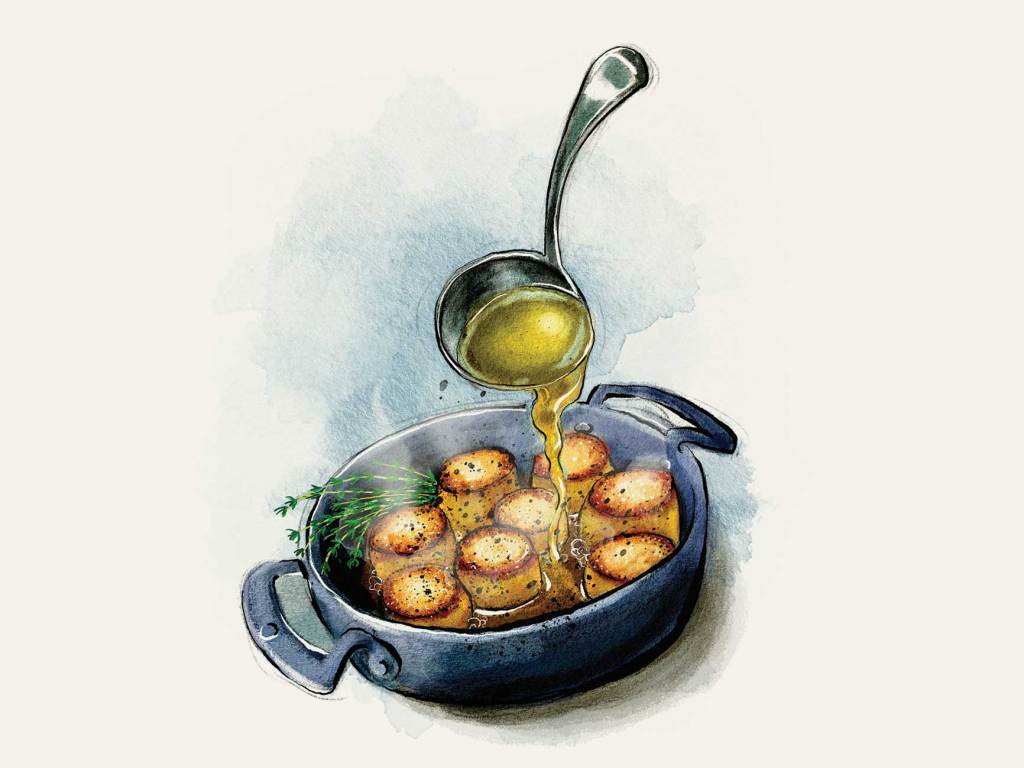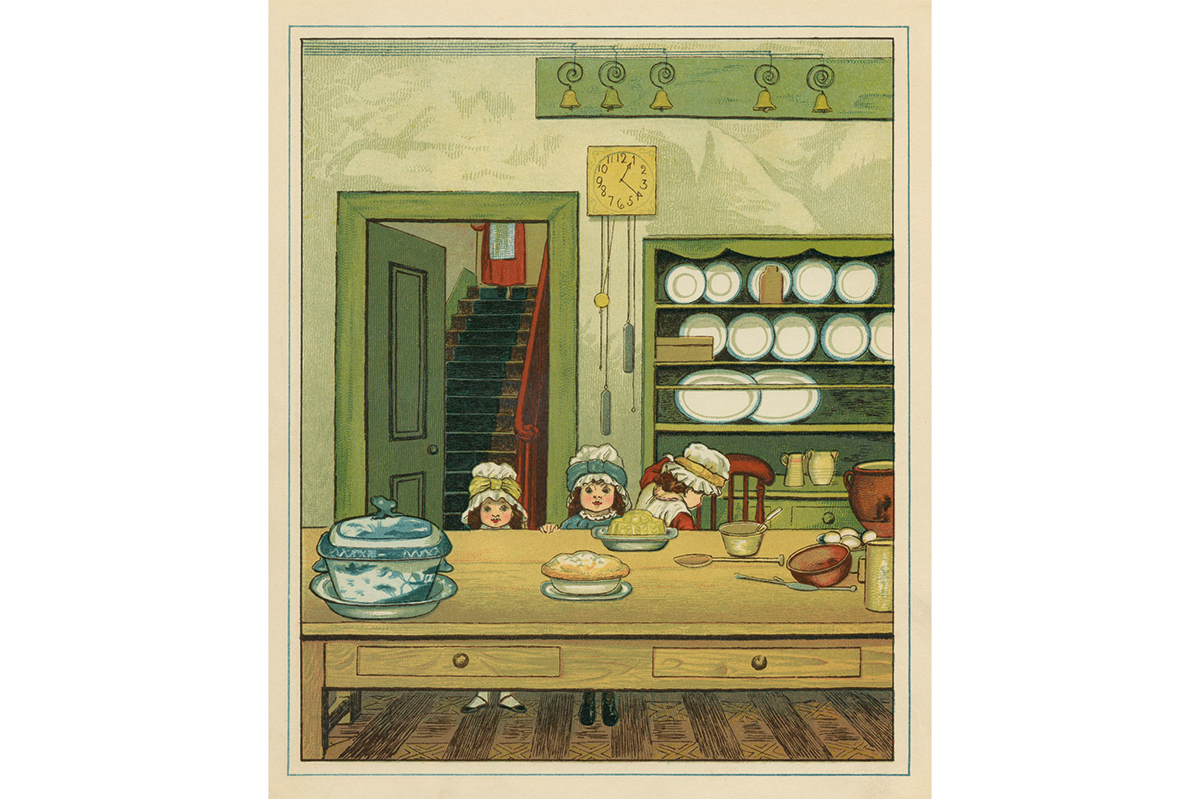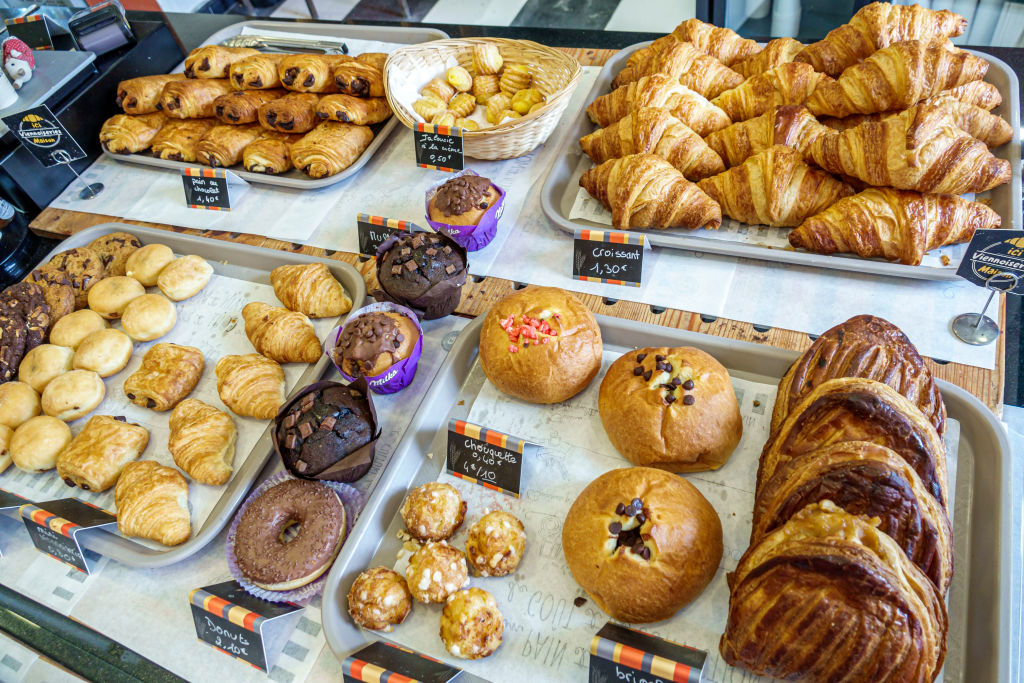In 1999, a relatively unknown American chef wrote an essay in the New Yorker uncovering the secrets of restaurants. “Don’t Eat Before Reading This” lifted the lid on both the underworld of professional kitchens and the mentality of chefs. In it, the writer meticulously took down ordering fish on a Monday (old), eating steak well done (for “philistines”), brunch as a concept (despised) and vegetarians in general (“Enemies of everything that’s good and decent in the human spirit”).
The no-punches-pulled writing, which was both lyrical and graphic as well as funny and forthright, was the first published essay by Anthony Bourdain, who would go on to become one of the most influential and beloved personalities in the food world. In that essay, he also set out his stall as to the importance of butter to good restaurant food. “Butter,” he wrote, “is in everything… It’s the first and last thing in almost every pan.” It is the amount of butter, Bourdain would teach us, that made food taste so much better in restaurants than at home.
They are the Goldilocks of potatoes, not too crunchy, not too soft, with thumpingly good flavor
I think of this Bourdain maxim whenever I’m cooking potatoes. Any potatoes: mashed potatoes with as much butter as they can hold beaten into them; boiled baby potatoes anointed with pats of butter that slide down their sides; sautéed potatoes, golden brown and sizzling in a hot, buttery pan. But particularly fondant potatoes, which look ever-so-fancy and taste as if they have taken hours to prepare.
Fondant potatoes are so called because the method of cooking results in a crisp exterior but a meltingly soft – fondant – middle. To make them, potatoes are peeled, then topped and tailed to create flat bottoms; those bottoms are then pan-fried in lots of butter before being roasted in a bath of stock. The flat sides take on the herbed, garlic richness of the infused butter, while the inside is seasoned and flavored by the stock. They are the Goldilocks of potatoes, not too crunchy, not too soft, with thumpingly good flavor and seasoning all the way through, and with edges that are sticky and slightly caramelized from the reduced stock. They will elevate a roast and can hold their own against a beautifully cooked steak; they’re elegant enough to serve with fish; and they deliver all the best bits of chips, roast potatoes and a potato boulangère in one.
They’re also an excellent example of restaurant smarts. The reason you find these potatoes in restaurants all the time is because not only are they pretty and taste fantastic, but they can also be prepared long before you actually need them. When you do, simply reheat in a little stock and serve.
Don’t let your eyes deceive you: you do not need fancy knife skills to execute a gorgeous fondant potato. When I was at culinary school, there was a small knife in our kit with a curved blade like a miniature scythe; this was specifically for “turning” vegetables, delicately paring away little bits of the veg until they were perfectly smooth and rounded, like a tiny rugby ball or, in the case of fondant vegetables, hockey pucks. I didn’t once take that knife out of my bag. Now, admittedly, I trained in patisserie, but even so, the lack of turned vegetables is not something I’ve felt in either my personal or professional life afterwards. They always looked unreal to me, like scoops of pale-colored gelato.
Instead, when I make fondant potatoes, I use a speed peeler to peel them as neatly and smoothly as possible, then slice off the tapered ends, and cut each in half so that the potatoes are even. The result is handsome without being fussy, and a fraction of the work of whittling your potatoes to bits; most importantly their evenness ensures that the potatoes will cook at the same rate. While I’m happy to take tips from restaurant chefs when it comes to copious amounts of butter, I don’t particularly want to laboriously carve a tuber. I’d rather spend that time on something else delicious or fun. After all, you’re making dinner, not sculpting Michelangelo’s “David.”
Serves 4
Takes 20 minutes
Cooks 30 minutes
- 4 medium Maris Piper potatoes
- 1 tbsp neutral oil
- ¼ cup unsalted butter
- 4 sprigs of fresh thyme
- 3 cloves of garlic, peeled, and smashed with the heel of a knife
- 7 oz chicken or vegetable stock
- Preheat the oven to 410°F/400°F fan. Peel the potatoes and slice off the tapered, rounded ends so that the potato can sit flat. Slice the potato in two so you have two similarly sized, flat-bottomed discs, about 1½ in thick.
- Heat the oil in an oven-safe pan over a medium heat. Place the potatoes on their ends in the pan, ensuring that they all sit flat. Fry the potatoes for five minutes until they are golden brown, then carefully turn each potato and repeat on the other side.
- Add the butter to the pan and, once it’s melted and foaming, add the garlic and thyme, spooning the butter over the top of the potatoes.
- Heat the stock until hot, then pour into the pan around the edges. It will likely splash, so be careful.
- Transfer to the oven for 30 minutes, until the potatoes are burnished and crisp. Carefully remove from the oven – the handle of the pan will be hot – and serve straight away. If you’re making these in advance, allow them to cool completely and then refrigerate; before serving, heat the potatoes in a little extra stock, turning regularly until the potato is hot all the way through.

























